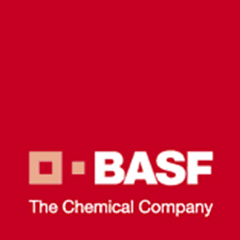- Molten salt used as heat transfer fluid
- Higher temperatures mean significant efficiency increase
- Demand-driven, weather independent power generation
Novatec Solar and BASF have successfully commissioned a solar thermal demonstration plant based on a new type of molten salt technology, known as direct molten salt or DMS technology. The plant is located on the site of the solar-thermal power plant PE1 in southern Spain. The innovative feature of the new plant design is that the solar collector uses inorganic molten salt as heat transfer fluid. Most solar thermal power plants currently use heat transfer oils, which have a limited qualification temperature. Using inorganic salts as heat transfer fluid allows operating temperatures above 500°C, resulting in a significant increase in power yield.
The thermal energy can either be directly converted into electrical power or be stored in large molten salt tanks during periods of low demand. This stored energy can be kept in reserve for times when production is low, for example when the sky is overcast. Solar thermal power plants with storage systems can supply electricity as and when required, which helps to ensure grid stability.
Over the coming months, the demonstration collector will be used to experimentally simulate a large number of different operating conditions and study the impacts on long-term operability. The results will be used to develop the next generation of solar thermal power plants.
“The successful commissioning and the initial results of the DMS demo plant have confirmed our expectations of the technology. We are delighted that we can now offer solar thermal power plants with molten salt technology and thermal storage on a commercial basis,” says Andreas Wittke, CEO of Novatec Solar.


























